We were lucky to catch up with Temesia Tuicaumia recently and have shared our conversation below.
Alright, Temesia thanks for taking the time to share your stories and insights with us today. We’d love to hear the story of how you went from this being just an idea to making it into something real.
The journey of creating a collection for TEMESIA.CO begins with a creative idea or concept for bridging the western world fashion with traditional concepts of menswear and womenswear in Fiji and the pacific.
Here are my key steps to when building my fashion collections
1. Concept Development: Start by defining the concept or theme of your collection. This could be inspired by a specific idea, trend, or artistic vision. Create mood boards, sketches, and color palettes to help visualize your concept.
2. Research and Inspiration: Conduct research on current fashion trends, materials, and techniques. Look for inspiration from art, culture, nature, or other sources to inform your designs and create a unique aesthetic.
3. Design Development: Begin sketching and creating initial designs for your collection. Experiment with different silhouettes, fabrics, and details to bring your concept to life. Consider creating tech packs or detailed design specifications for each garment.
4. Fabric Sourcing: Select high-quality fabrics that align with your design vision and budget. Consider factors such as texture, color, weight, and sustainability when choosing materials for your collection.
5. Pattern Making and Sampling: Work with pattern makers to develop patterns for each garment in your collection. Create samples to test the fit, construction, and overall look of the designs. Make any necessary adjustments to ensure the garments meet your standards.
6. Production Planning: Once the designs are finalized, plan the production process. Determine the quantity of each garment to produce, establish a production timeline, and source manufacturers or production facilities to bring your collection to life.
7. Branding and Marketing: Develop a strong brand identity for your collection, including a logo, website, and marketing materials. Create a marketing strategy to promote your collection through social media, fashion shows, press releases, and other channels.
8. Launch and Sales: Showcase your collection through a launch event, fashion show, or online platform. Work on building relationships with retailers, buyers, and customers to generate sales and establish your brand in the fashion industry.
By following these steps and staying true to your creative vision, you can successfully build a fashion collection that reflects your unique style and resonates with your target audience.

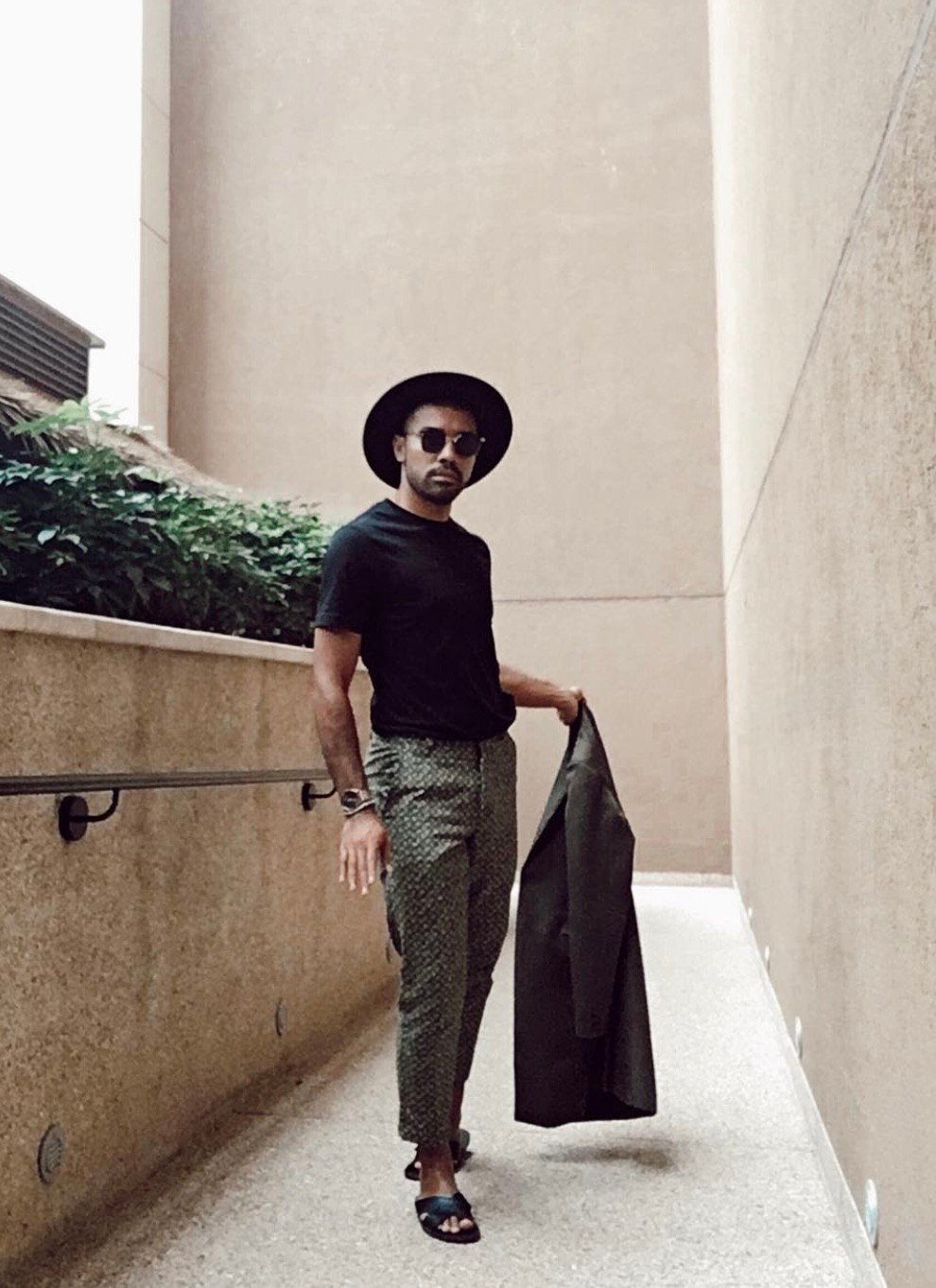
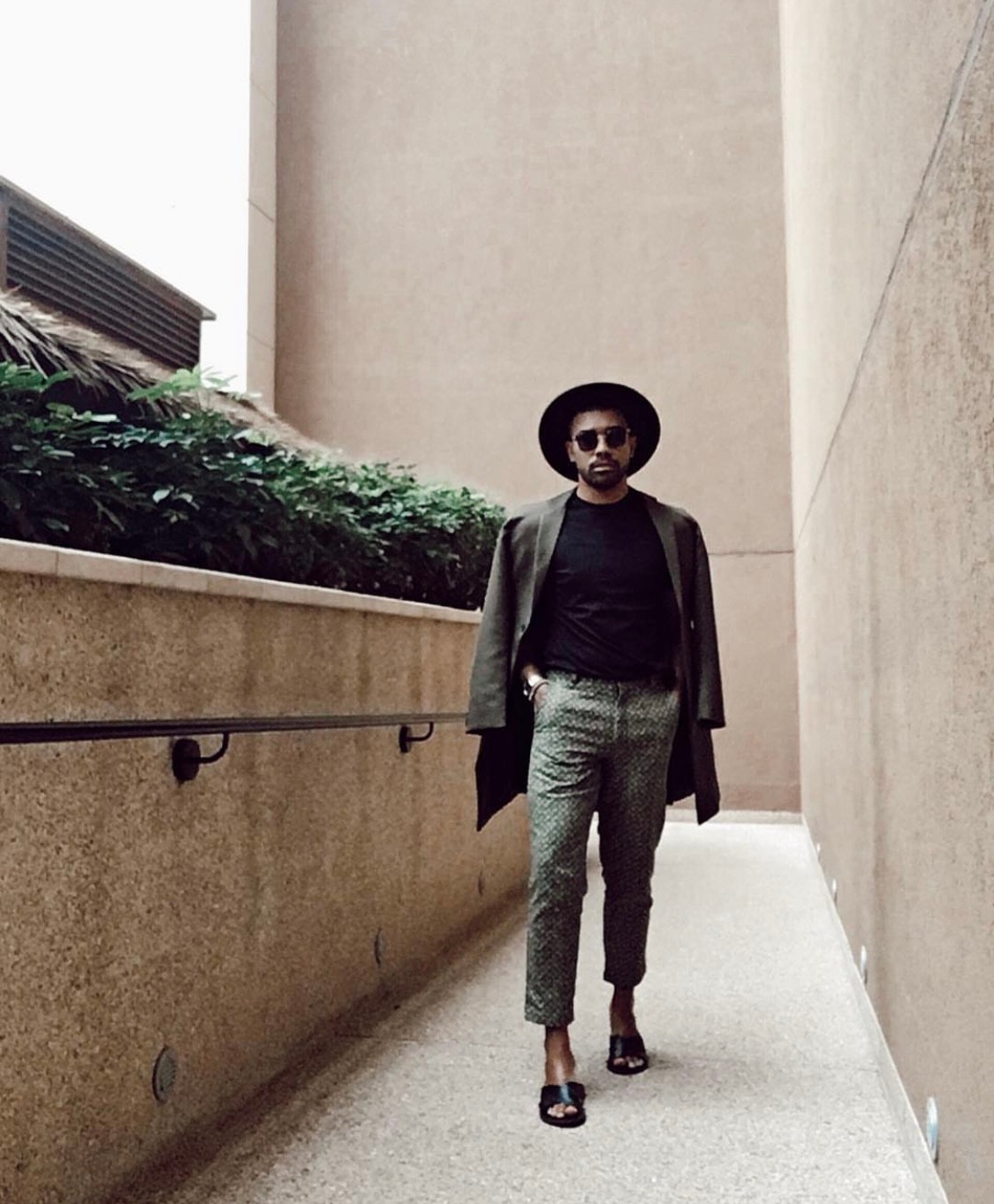
Awesome – so before we get into the rest of our questions, can you briefly introduce yourself to our readers.
My business, Temesia.co, is a testament to my commitment to and love for my trade. My narrative, which starts with my first high school sketching and ends with me receiving my first contract and showing my designs at Fiji Fashion Week.
My emphasis on men’s suits tailored to a tropical climate, together with my attention to detail and personalised designs, distinguishes me in the fashion market. My focus to giving personalised service to my clients, from colour tones to garment delivery, demonstrates my desire to provide a unique and individualised experience for each individual.
I’ve used my fashion brand influencer network, Temesia.fjtraveller, to monetize on expense-paid travels and collaborate with brands from Fiji and the Pacific. My involvement in programmes like as Wearing Fiji, which supports the next generation of fashion designers, demonstrates dedication to give back to the industry and developing talent. In addition, I serve as the social media consultant for Fiji Fashion Week.
My journey from sketchbook to established designer demonstrates my inventiveness, resilience, and entrepreneurial spirit. The ability to combine male designs with luxury resort clothing for the Pacific market demonstrates the versatility and vision. I am dedicated to my art and committed to giving outstanding service to my clientele.
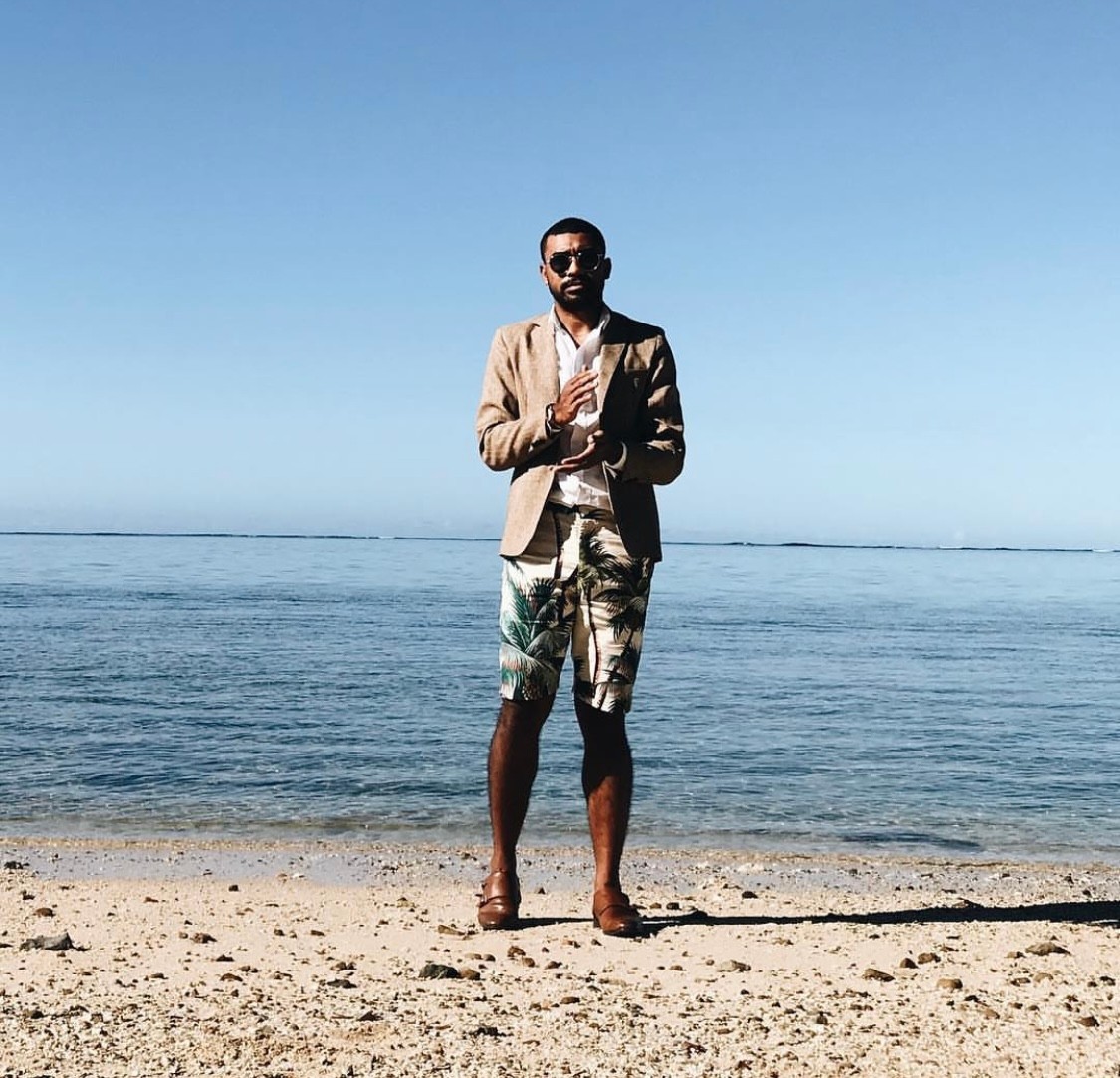
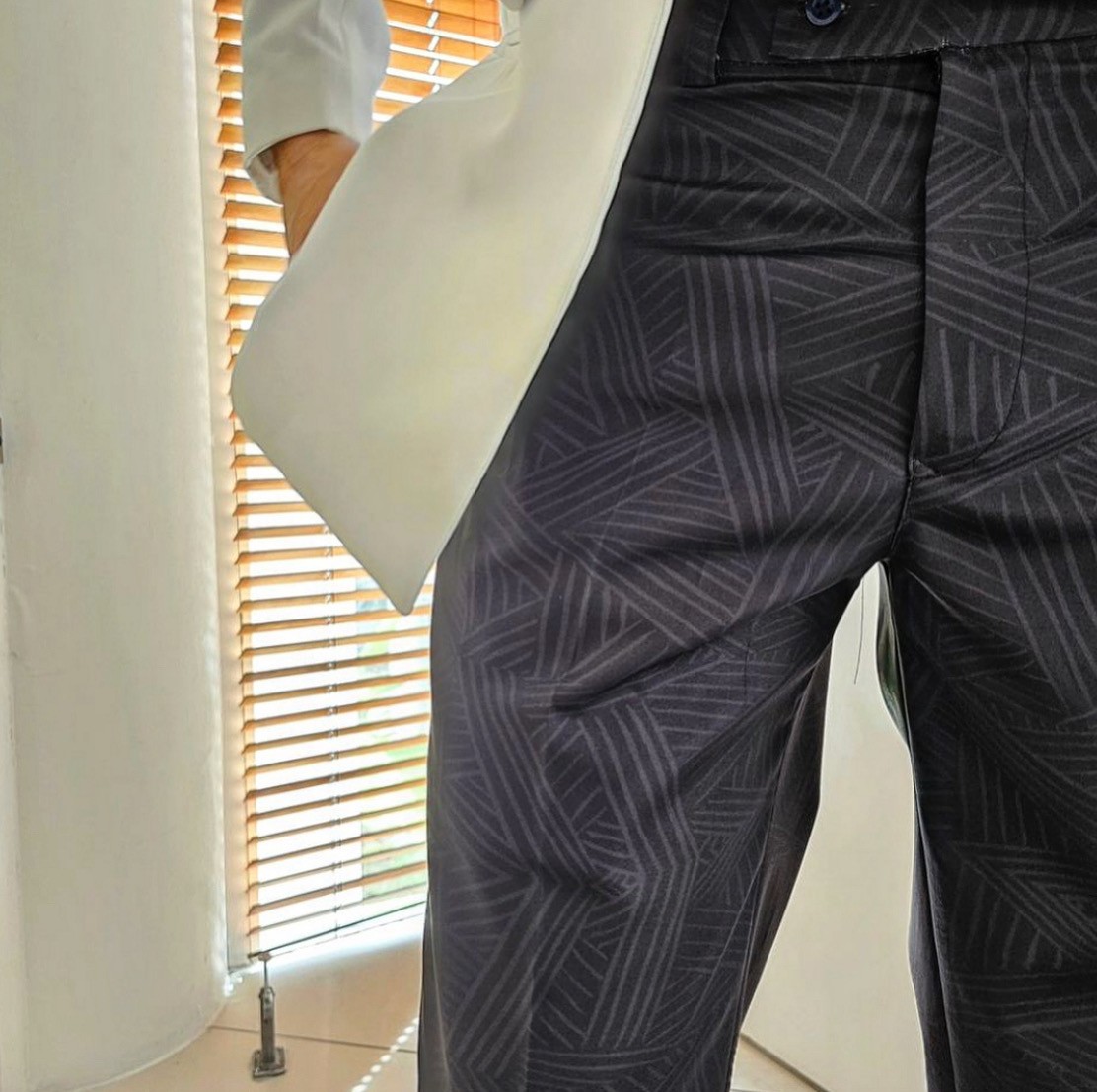
We’d love to hear a story of resilience from your journey.
The fashion industry is known for its competitive and fast-paced nature, often referred to as “cut-throat.” To navigate this environment successfully, it is essential for fashion businesses to stay innovative, adaptable, and strategic in their approach.
One key aspect of thriving in the fashion industry is to stay ahead of trends and consumer preferences. This requires a deep understanding of the market, continuous market research, and the ability to anticipate and respond to changing consumer demands swiftly.
Building strong relationships with suppliers, manufacturers, retailers, and other industry stakeholders is also crucial in establishing a competitive edge. Collaborations, partnerships, and networking can help fashion businesses access new opportunities, resources, and expertise to stay relevant and competitive.
Additionally, maintaining a strong brand identity, unique selling proposition, and consistent quality in products or services can help fashion businesses differentiate themselves from competitors and build a loyal customer base.
Furthermore, embracing technology and digital marketing strategies can enhance visibility, reach a wider audience, and streamline operations in the fashion industry. Utilizing data analytics, social media, e-commerce platforms, and other digital tools can provide valuable insights and efficiencies to stay competitive in the market.
Overall, success in the cut-throat fashion industry requires a combination of creativity, strategic planning, market intelligence, strong relationships, and a willingness to adapt to the ever-evolving landscape of the industry. By staying agile, innovative, and customer-focused, fashion businesses can position themselves for long-term success in this competitive environment.
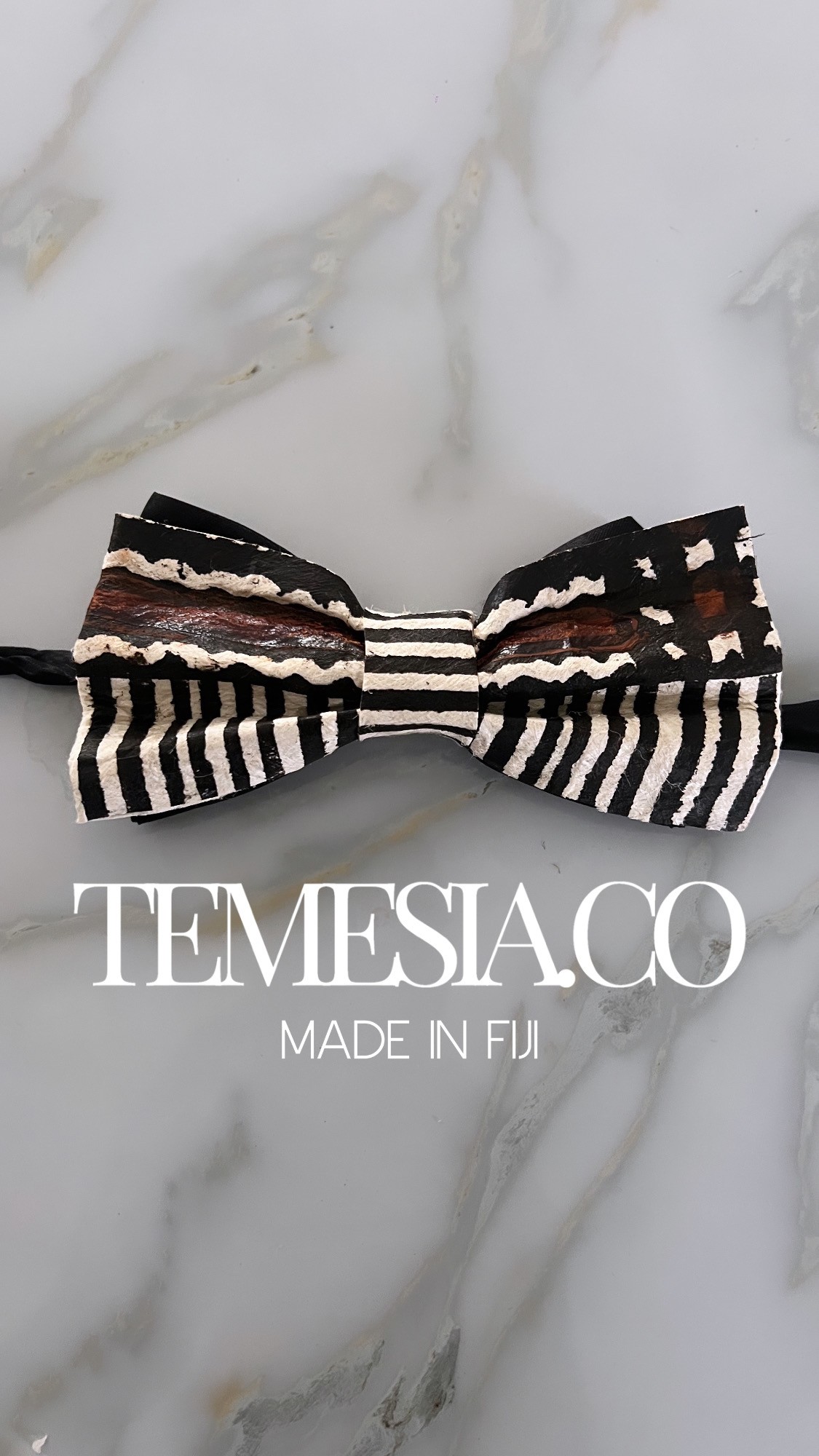
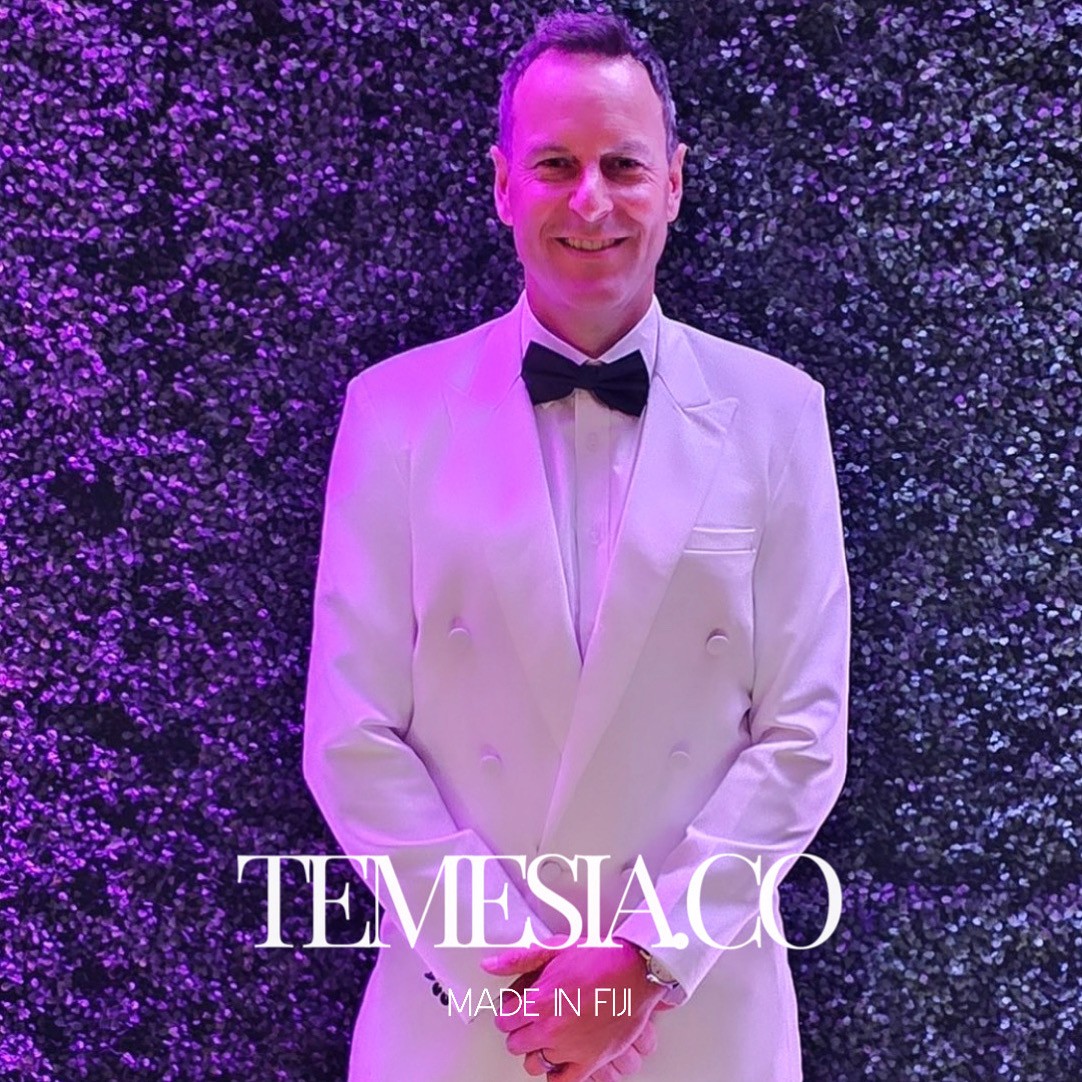
What do you think helped you build your reputation within your market?
building a reputation within the fashion market as an influencer and designer typically involves several key factors.
Consistency and Quality: Consistently producing high-quality content, designs, and products that resonate with your target audience is essential in building a strong reputation. Maintaining a consistent brand image and delivering on promises can help establish credibility and trust within the market.
Networking and Collaboration: Building relationships with industry professionals, influencers, and collaborators can help expand your reach and credibility. Collaborating with other designers, brands, or influencers can provide exposure and opportunities to showcase your work to a wider audience.
Authenticity and Personal Branding: Developing a unique and authentic personal brand that reflects your values, style, and vision can help differentiate you from competitors and attract a loyal following. Authenticity resonates with consumers and can help build trust and loyalty over time.
Engagement and Community Building: Engaging with your audience, responding to feedback, and building a community around your brand can help foster a sense of connection and loyalty. Building a strong relationship with your followers can lead to word-of-mouth marketing and positive recommendations within the market.
Innovation and Creativity: Staying ahead of trends, experimenting with new ideas, and pushing the boundaries of traditional fashion can help set you apart as a forward-thinking influencer and designer. Innovation and creativity can attract attention and establish you as a trendsetter within the industry.
Overall, building a reputation within the fashion market as a menswear influencer and fashion designer requires a combination of talent, hard work, creativity, authenticity, and strategic networking. By focusing on these key factors and consistently delivering value to your audience, you can establish a strong reputation and position yourself as a respected figure within the industry.
Contact Info:
- Website: https://temesiaco.wixsite.com/website
- Instagram: Temesia.fjtraveller
Image Credits
Temesia Tuicaumia


